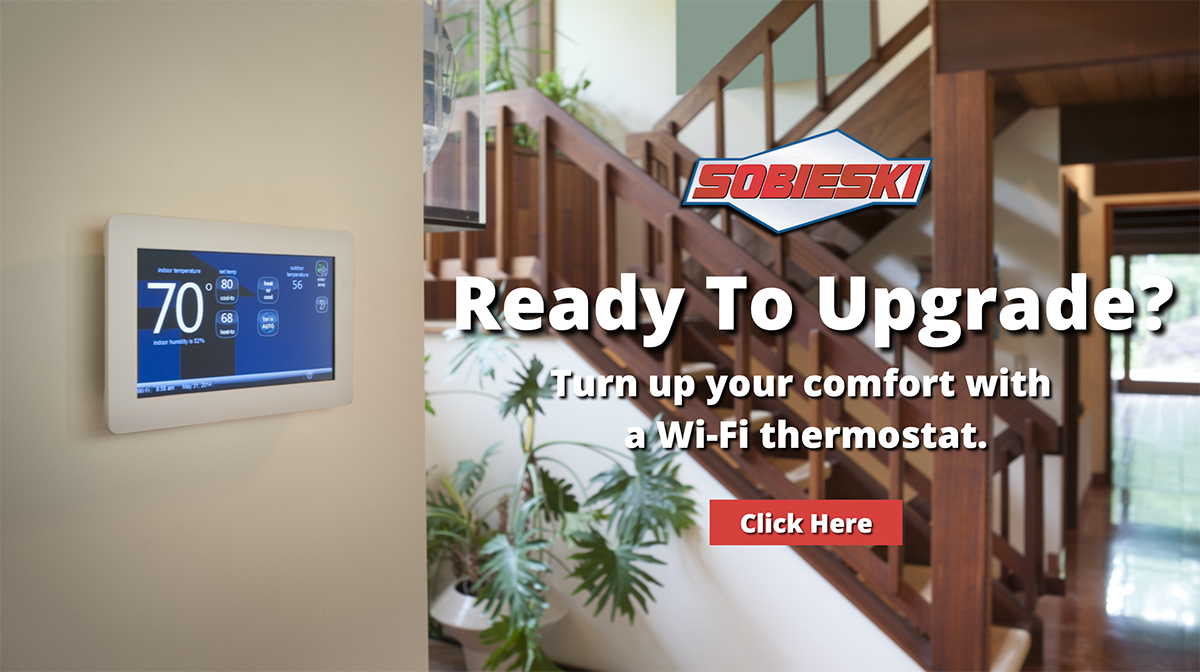Does Your Building Know About These Sources of Energy Waste?
With all the benefits that come from reducing the amount of energy used in a commercial space, it makes sense to look for and eliminate sources of energy waste. With the cooperation of your employees and tenants, you can find out where energy is being wasted and take steps to correct the problem. Here are some of the most common sources of energy waste in commercial buildings.
Poor Thermostat Practices
Thermostats should, in general, be controlled by designated personnel and not by anyone who wants to adjust them. Temperatures should be set at a seasonally appropriate level. If the thermostat doesn’t seem to be working properly, it should be checked out. Batteries should be changed or the entire unit should be replaced if needed. Make sure thermostats are mounted in areas where they can take accurate readings of room temperatures. Thermostats in shaded areas or in direct sunlight won’t reflect the actual temperature of the room. Consider installing programmable thermostats that allow for automated control of HVAC function, turning systems down when they’re not needed.
Blocked or Covered Vents
Your building’s heating and cooling system produces conditioned air that travels through the ductwork and out of vents in walls, ceilings or floors throughout your facility. If these vents are blocked by furniture, equipment, boxes or other objects, the conditioned air won’t be able to get out and heat or cool your indoor spaces. Make sure vents are clear of blockages and that ducts are securely connected at the vent.
Not Changing HVAC Air Filters
Air filters in your heating and cooling system capture particulates that would otherwise get into your indoor air. When these filters fill up with material, system airflow is reduced. This reduces HVAC equipment efficiency and performance and, in the most serious cases, can damage heating and cooling systems. Make sure the filters are checked at least once a month and changed when they get dirty. If your building’s air tends to have more contaminants than usual, it may be necessary to check and change filters more frequently.
Neglecting HVAC Preventive Maintenance
Poorly maintained HVAC equipment won’t work at its best level of effectiveness and efficiency. This can cause the system to run harder or more often, which will waste energy and drive up indoor comfort costs. Have preventive maintenance performed by an HVAC professional at least once a year — in the spring for cooling systems and in the fall or heating systems. Make sure any needed repairs are made promptly.
Leaving Lights On
Leaving lights on when no one’s in the room is among the most significant sources of energy waste. Make sure occupants of your building get in the habit of turning off lights when they leave the room or when no one else is in the area. To help with this, install timers that shut lights off after a certain period or motion sensors that turn lights on when someone enters the area and off a short time later. Remember that, at times, sunlight may be your best and most efficient source of indoor lighting.
Leaving Equipment On
The same is true of leaving tools, equipment and electronics on when they’re not being used. It can waste a large amount of energy. Equipment and electronics should be shut off if they’re not needed for an extended period, such as at the end of the work day. Computers should be set to go into energy-saving mode if not used for a few minutes. Equipment that uses standby energy should be unplugged or, if plugged into a power strip, the power strip should be shut off.
Our goal is to help educate our customers about Plumbing, HVACR, Fire Protection, and Alarm Systems in Mechanical, Commercial, and Residential settings. For more information on finding and eliminating sources of energy waste, and to view projects we’ve worked on, visit our website!








